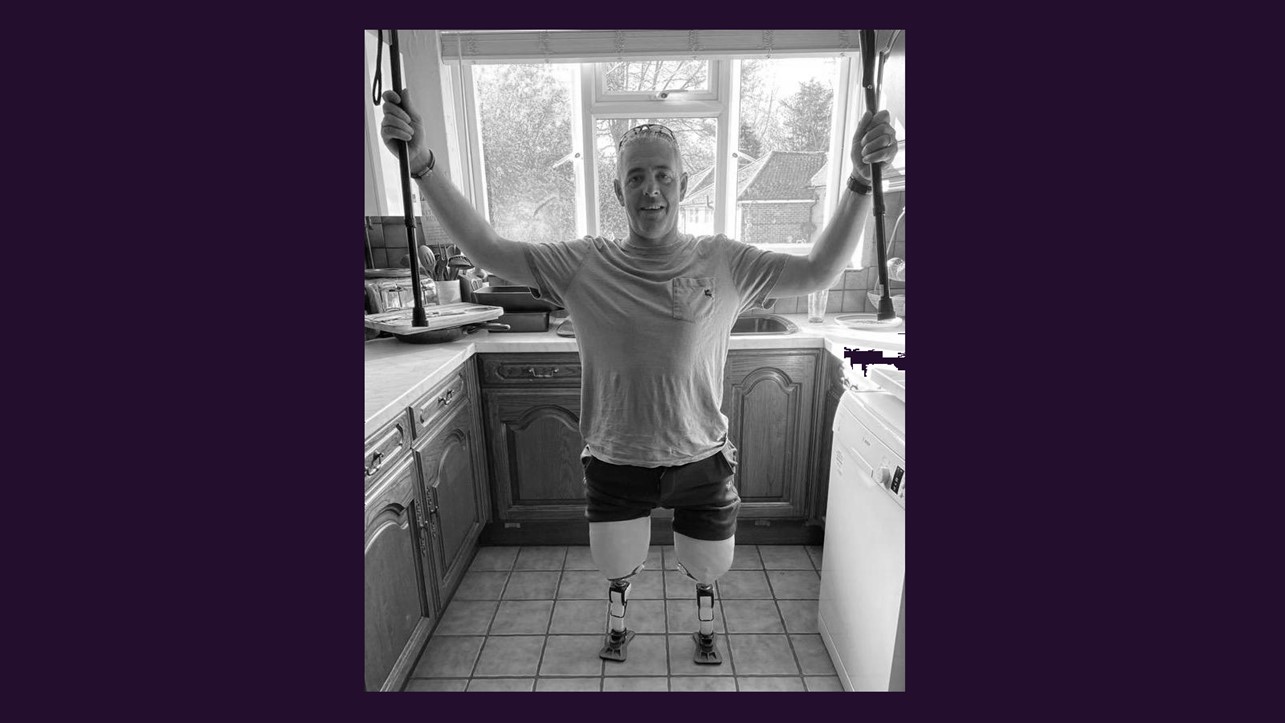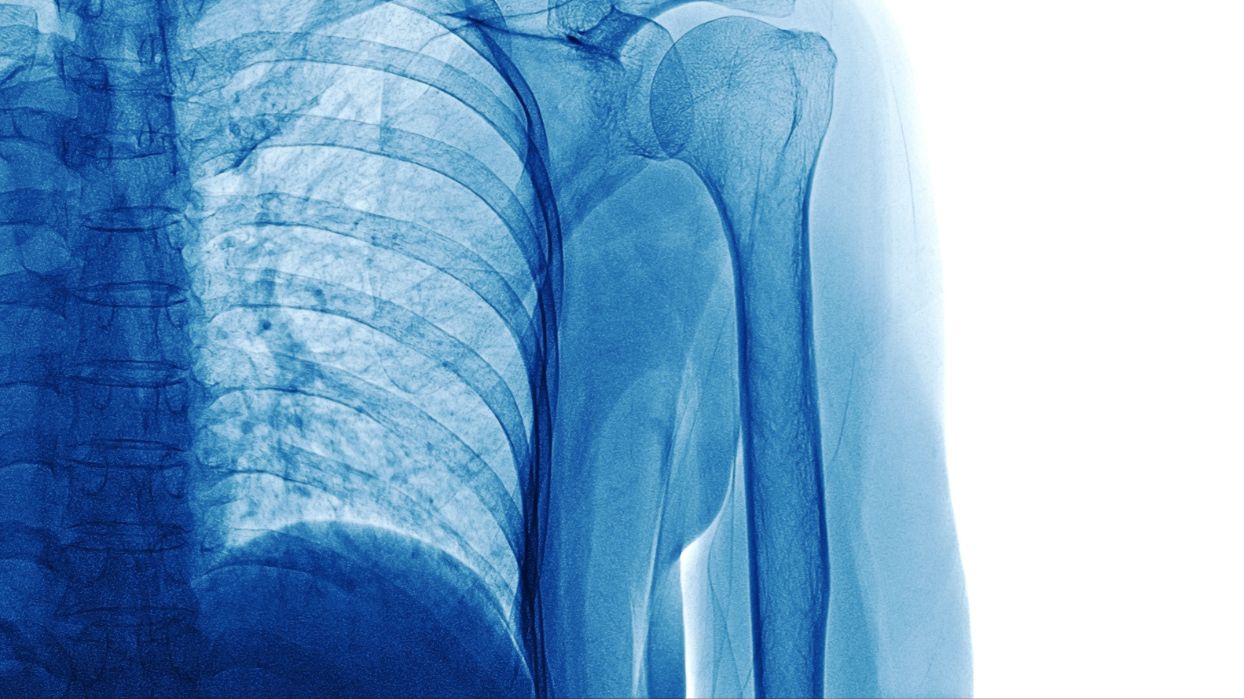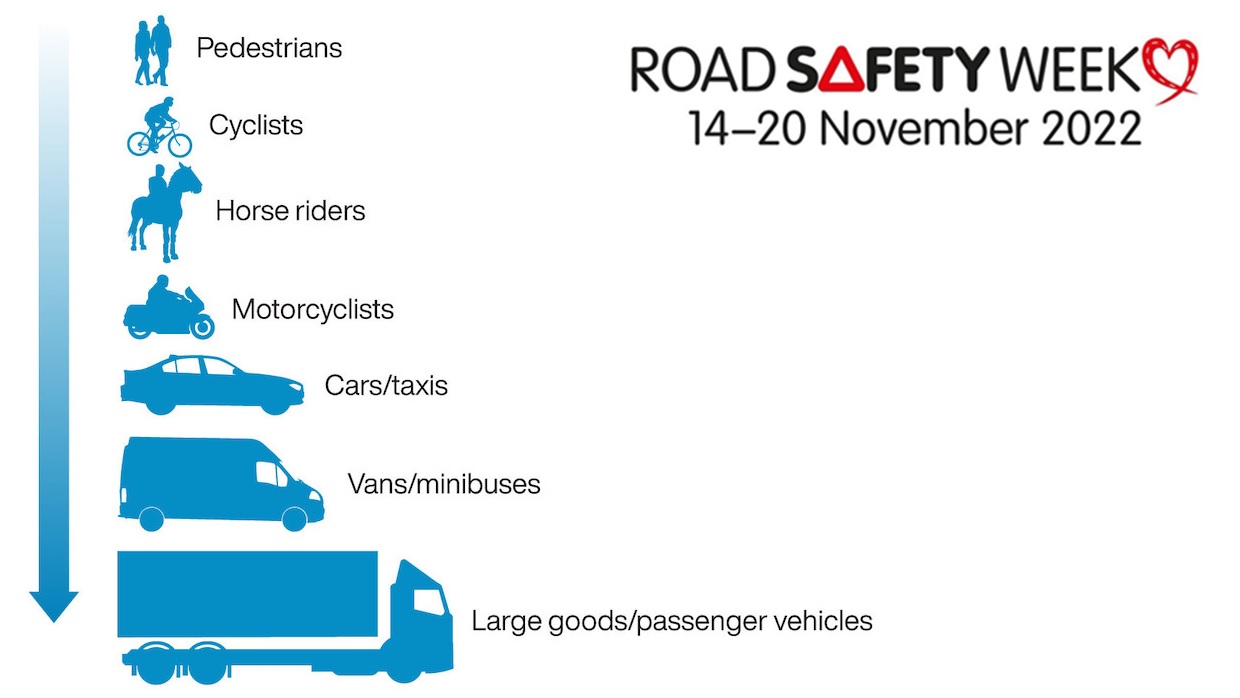Road Safety Week 2023 is taking place between 19 November and 25 November; this year’s theme is “Let’s talk about speed”. Associate Huseyin Kahyalar considers this theme in the context of serious injury legal claims.
Excessive speed not only plays a major role in the likelihood of a collision occurring, it also contributes to the likelihood of serious injury or death. One in four crashes in the UK that lead to death involved someone who was driving too fast and Transport for London (TfL) report that speed was a factor in 48% of fatal collisions in London in 2022.
Most people will not be surprised that in the event of a collision, there is a greater chance of serious injury or death the faster the vehicle is travelling. What is perhaps less known is the impact that a small increase in speed can have. A pedestrian that is hit at 30mph has a one-in-five chance of death. However if the speed is increased by 5mph to 35 mph, there is one-in-three chance of the pedestrian being killed.
Speed in personal injury claims
Speed is a factor that personal injury lawyers will need to investigate when dealing with claims involving road traffic collisions. As practitioners it is important to ensure that all the relevant evidence concerning liability for the collision is gathered at an early stage including:
- dashcam footage
- CCTV
- body worn camera footage from police officers who attended the scene
- police roadside survey data
- tachograph data
- event data recorder information
- the police report and other documentation including photographs and scaled plans
- any records from the forensic collision investigation unit (if they attended).
It is also important to ensure evidence is preserved, and to arrange early inspection of the vehicles involved in the incident by a collision investigation expert. They will also need to review the evidence and if possible calculate the speed of the vehicles prior to and at the point of collision. This is used to reconstruct the circumstances of the incident and review the vehicle damage, scene evidence and injury patterns, to determine the likely speed and movements of the parties involved prior to the incident. This process helps to identify contributory factors to determine the cause of the collision.
In some cases, driving within the speed limit does not automatically mean that someone is driving at an appropriate speed. Rather, drivers need to adjust their speed depending on the circumstances. For example, they need to be extra careful when driving in a heavily pedestrianised area or areas where young children might be present. The weather conditions can also have an effect on determining whether a particular speed is appropriate or not.
Road safety charity, Brake, want to use this year’s Road Safety Week to raise aware of the dangers of excess or inappropriate speed, and to help people understand the importance of safe speeds.
Case study and more information
The specialist serious injury lawyers at Stewarts often see the devastating impact that excess or inappropriate speeding can have on other road users. Nichola Fosler, a partner in the personal injury team at Stewarts, recently helped her client, AS, secure a substantial seven-figure settlement after he was struck by a driver who collided with his parked vehicle whilst AS was standing at the rear of his car, pinning him between the two vehicles.
Poor visibility due to bright sunlight was cited as the cause of the incident. However, had the driver adjusted their speed or slowed down to a speed suitable for the road conditions when they couldn’t see the road ahead, the likelihood is that they would have been able to avoid the incident. AS sustained life-changing injuries as a result of the incident including bilateral transfemoral amputations. Read more in our full case study here.
There are a number of road safety charities and organisations that can support people affected by road traffic collisions, such as Brake and RoadPeace.
Subscribe – In order to receive our news straight to your inbox, subscribe here. Our newsletters are sent out once a month.







